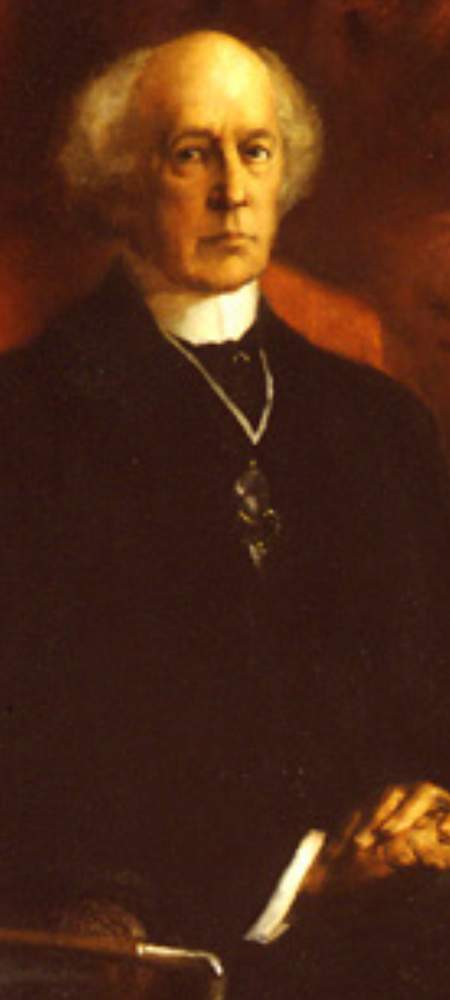Chapter
No
Wilfrid Laurier
Holding office for 15 straight years and winning four back-to-back elections, Sir Wilfrid Laurier served a longer unbroken tenure than any other prime minister in Canadian history and is often considered the country’s second-most important leader after John A. Macdonald (1815-1891). Remembered primarily as the man who presided over Canada’s greatest era of territorial growth and an early 20th century economic boom, his administration ushered in an era of prosperity, peace, and stability that ended the political turmoil that followed Prime Minister Macdonald’s death in 1891.
A ninth-generation Quebecer, Laurier served briefly in the cabinet of Prime Minister Alexander Mackenzie (1822-1892) before succeeding him as Liberal leader in 1887. From there, he would go on to unseat Conservative Charles Tupper (1821-1915) as prime minister in the country’s 1896 general election.
As PM, Laurier continued Macdonald’s nation-building agenda and promoted mass immigration from Europe and the United States to encourage settlement of the massive stretch of land in central North America that Canada had recently acquired from Britain. Successful propaganda campaigns lured in thousands of farmers and gave Canada its largest population boom in history, which led to the creation of two new provinces, Alberta and Saskatchewan, in 1905. Laurier was vastly less interested in non-white immigrants, however, and his administration also introduced a number of racist policies to discourage migration from India and China, as well as African-Americans from the United States. Dishonest and deceptive treaties with Indigenous Canadians were also a hallmark of his tenure. Economically, Laurier championed a laissez-faire approach in order to spur the growth of factories and business, heralding what some free-market advocates still consider the “golden age” of Canadian capitalism. His proposal for free trade with the United States was a step too far, however, and cost him his bid for a fifth term in the bitterly anti-American election of 1911.
As the first French-Canadian to lead Canada, Laurier often struggled to overcome French accusations that he was disloyal to Quebec, and English accusations that he was turning his back on the British Empire. Though his calm, compromise solutions to the divisive social problems of his time, such as whether Catholicism should be taught in the schools of the new provinces, or whether Canadian troops should fight in British colonial wars, angered hardliners on both sides, Laurier’s belief that there existed a moderate common ground between French and English interests helped make him a lasting role model of Canadian tolerance — at least among white Canadians.
